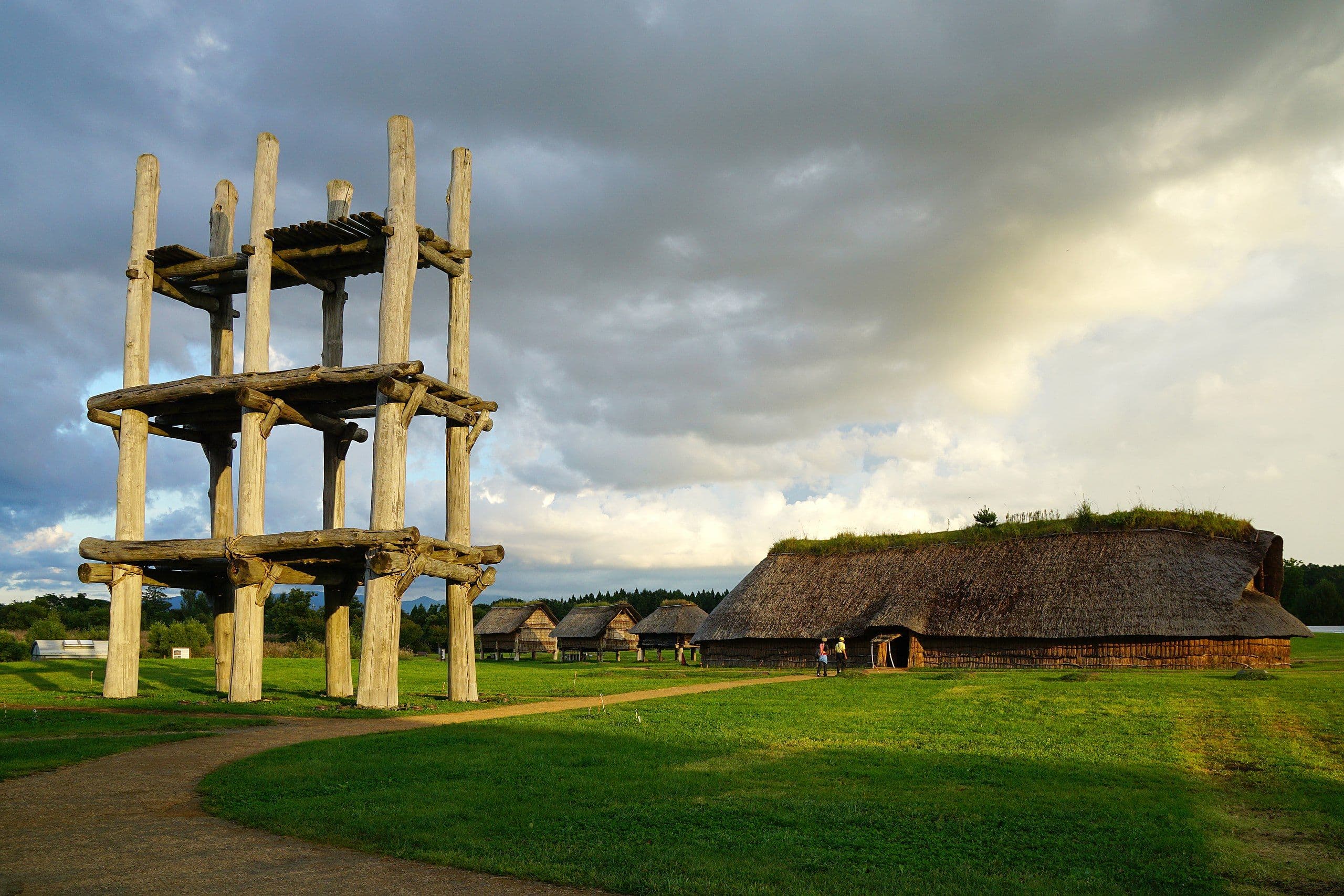
Sannai-Maruyama Site
三内丸山遺跡The Sannai-Maruyama Site is a museum and archaeological site featuring the largest Jōmon settlement discovered in Japan, covering 40 hectares. The site was inhabited by hunter-gatherers from the Early Jōmon period to the Middle Jōmon period (3900-2200 BC) and evolved from a seasonal camp to a mobile society and finally a settled village. Its most notable structure, a reconstruction of a large six-pillared building built around 2600 BC, has parallels in other sites in Japan and Eurasia, including a wooden predecessor to Stonehenge. The site was known was the Edo period and was inscribed on the UNESCO World Cultural Heritage List on July 27, 2021.
Featuring:
- Reconstructed large six-pillared building
- Pieces of pottery
- Burial pits and mounds
- Reconstructed large and small pit-dwellings
- Reconstructed pillar-supported buildings
Related topics
At Hey Japan!, we strive to keep the places listed on our website as current as possible. However, it is important to note that location owners or management may make changes to their plans, including canceling events, altering opening times, or modifying admission requirements, without prior notice. To ensure that you have the most accurate information, we recommend checking official websites before visiting any location.
Last Updated:












